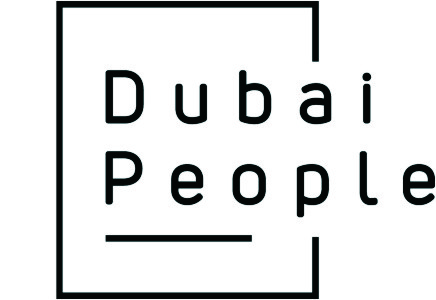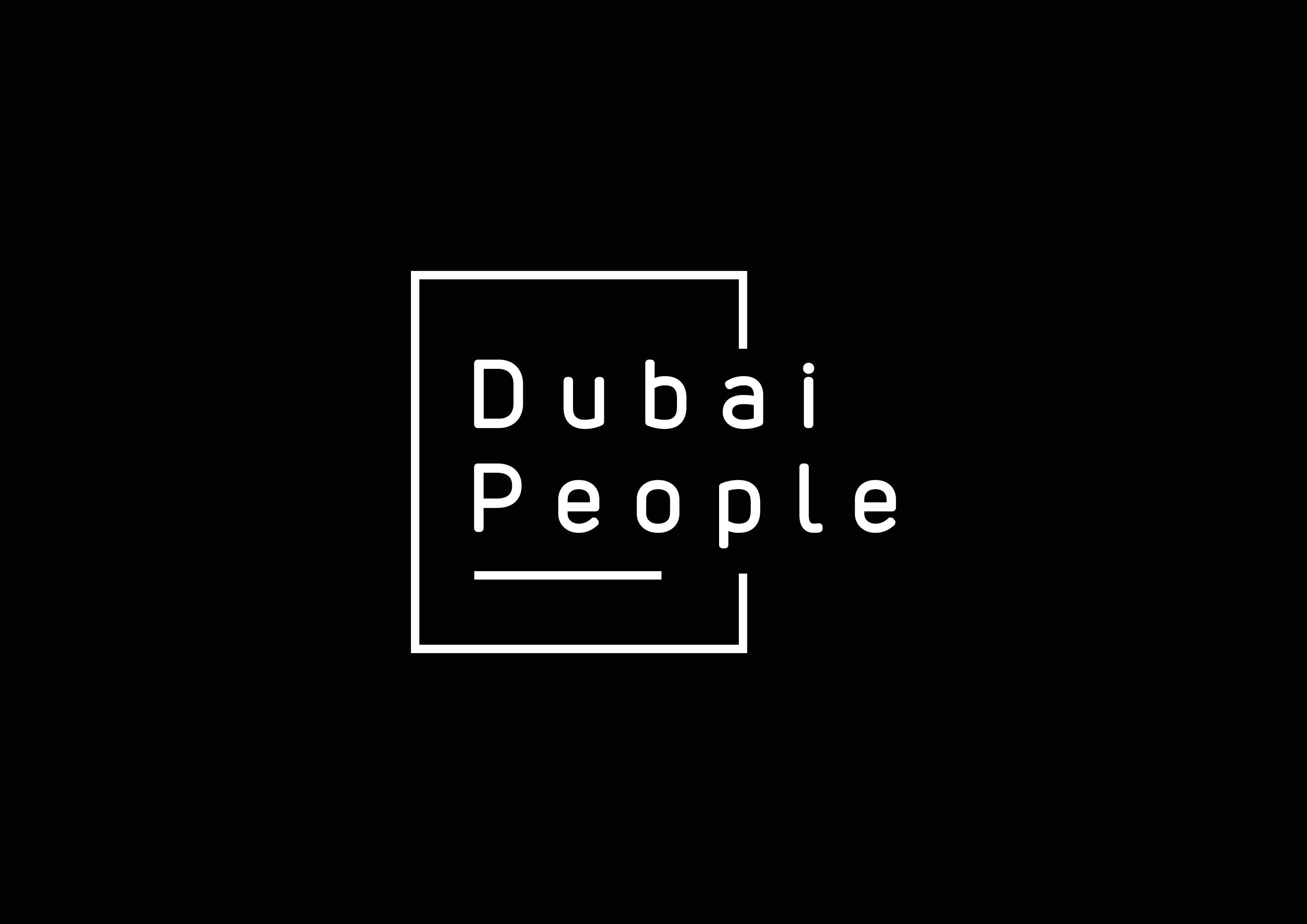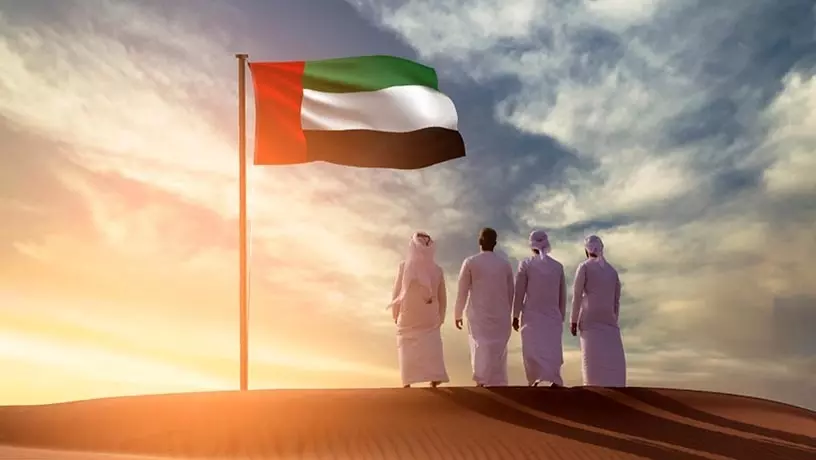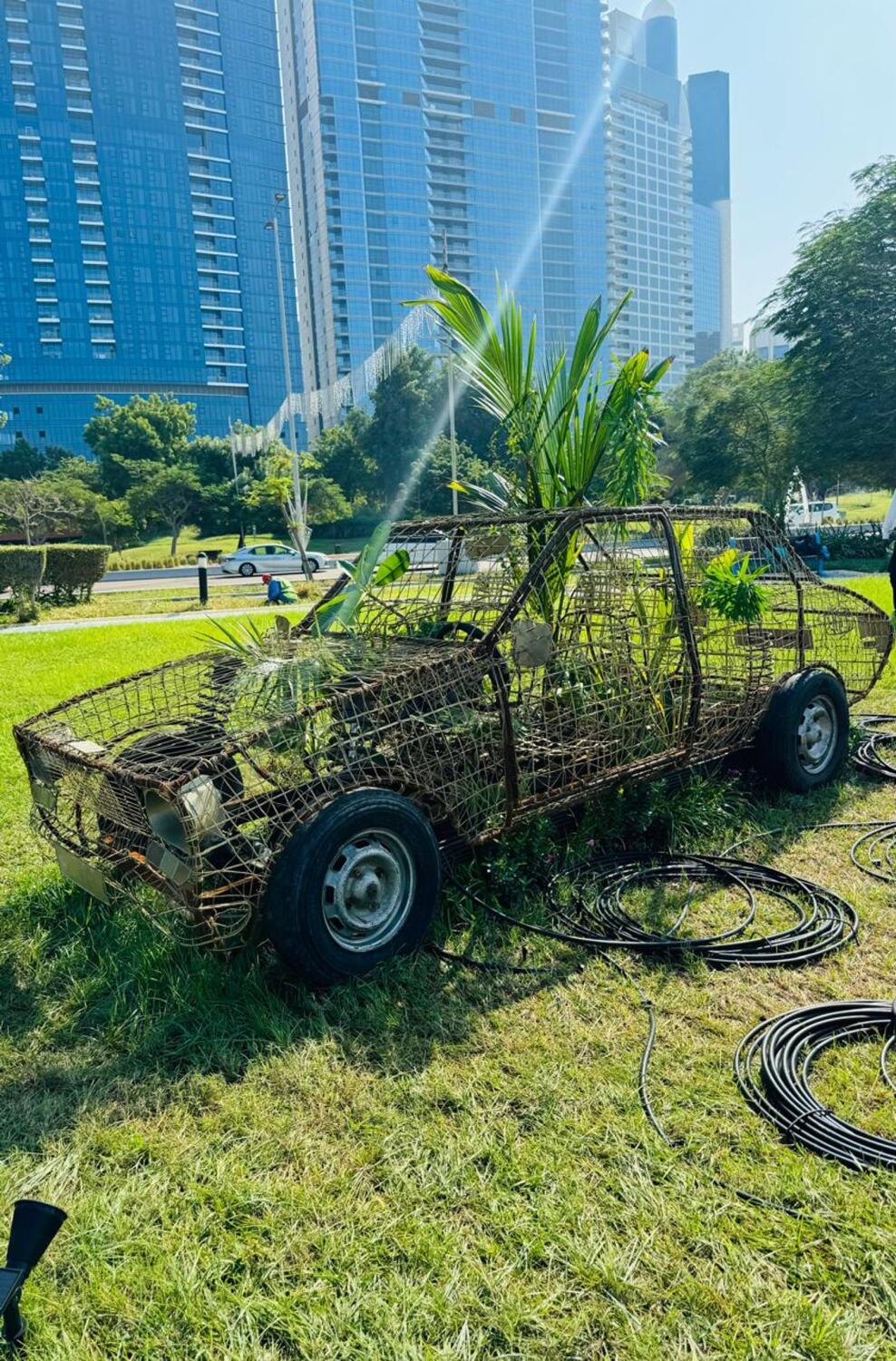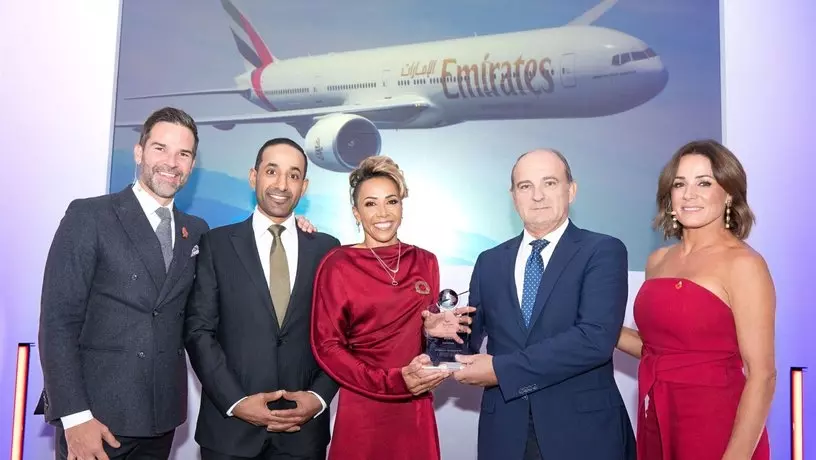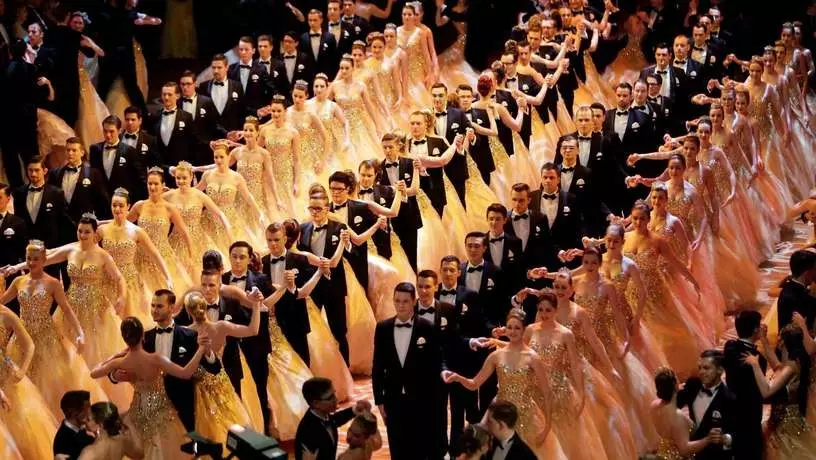
RTA implements Soft Mobility project at Al Barsha 1 and 2
The Dubai Roads and Transport Authority (RTA) intends to start expanding the Soft Mobility project at Al Barsha 1 and 2 in the third quarter of this year, with the project scheduled to be completed in the third quarter of next year. RTA has also announced the study and design of soft mobility elements in eight areas of Dubai, namely Al Ras, Al Bateen, Al Daghaya, Eyal Nasser, Al Suq Al Kabir, Khor Al Anz, Abu Hail and Al Sabha. Accordingly, by the end of 2026, the number of districts that will be equipped with soft mobility facilities will increase to 29 districts.
Commenting on the project, H.E. Mattar Al Tayer, Director General, Chairman of the Roads and Transport Authority Board of Executive Directors, said: “The expansion of the project to provide soft mobility elements sums up the excellent results of the initial phase of the project, which covered Al Qusais 1, Al Manhul and Al Karama. The number of cycling trips in Al Qusais 1 has doubled from 1,173 trips in 2020 to 2,346 trips in 2021. Over the same period, the number of cycling trips increased by 23% in Al Qarama and by 12% in Al Manhoul. Pedestrian satisfaction with the improved infrastructure and safety and soft mobility elements in the three areas was 88%, while satisfaction with cyclists reached 87%.
“RTA has implemented several elements of soft mobility to improve infrastructure in the three districts, including the construction of over 300 elevated pedestrian crossings and 33 km of shared cycle paths in several areas. RTA identified 52 km of roads shared by soft mobility (non-motorised) and vehicles, installed 2,000 guide and warning signs, adjusted 77,000 square metres of pavements, built 21 rest stops and 7 shaded areas/paths, while ensuring that the needs of people with disabilities were met. The project has contributed to an increase in cycling in Dubai from 20 million trips in 2021 to 36 million trips in 2021,” he added.
The RTA has developed a strategy to increase the use of non-motorised modes of transport, create infrastructure that is convenient for residents, facilitate access for people with disabilities within the right-of-way and improve connectivity between components of the city by facilitating movement between development projects and attractions. The strategy focuses on improving first and last mile solutions and increasing the number of passengers using non-traditional (non-motorised) modes of transport, such as walking and cycling, as well as providing integrated transport elements in all RTA projects.
The ‘soft mobility’ project aims to improve elements of integrated transport, which mainly include: meeting the needs of people with disabilities, building raised pedestrian crossings and speed reducing devices, defining all types of cycle paths, providing bicycle racks, installing guide and warning signs, adjusting pavements, defining lanes for cars and non-motorised transport modes, building rest stops with greenery and rest zones, providing shaded areas/pathways to encourage people to use soft mobility means, and providing parking along with pick-up and drop-off points.
The selection of areas for soft mobility projects is based on several criteria, including the availability of mass transit facilities, high ridership, population density, land use type (residential, commercial or combined residential/commercial), and the current state of pedestrian and cycling infrastructure in the area.
.@rta_dubai rolls out Soft Mobility project at Al Barsha 1 and 2 as the number of areas covered will increase to 29 by 2026https://t.co/n9bYz7OOre pic.twitter.com/hfmRx3pyYv
— Dubai Media Office (@DXBMediaOffice) May 22, 2022
Follow our Telegram Chanel



